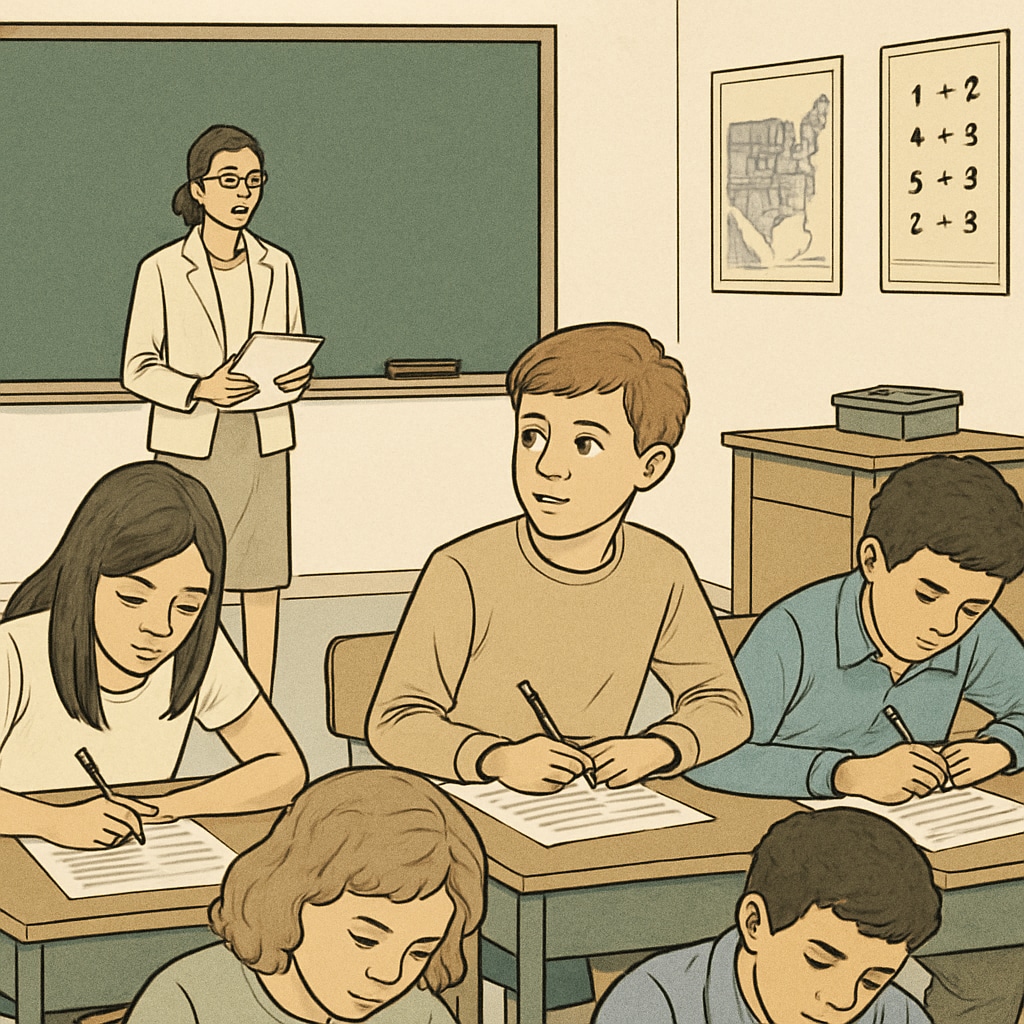Gifted programs are designed to nurture exceptional talents, yet they often rely heavily on standardized tests to identify students. Unfortunately, this approach may exclude high-potential learners, particularly those with ADHD (Attention-Deficit/Hyperactivity Disorder). While standardized tests aim to measure cognitive and academic abilities, they often overlook the unique strengths and creativity of ADHD students, leaving many “overlooked geniuses” outside the gifted classroom.
Are Standardized Tests Fair for ADHD Students?
Standardized tests are widely used in gifted program selection because they provide measurable results. However, these tests may not be fair for students with ADHD. Many ADHD learners excel in creative problem-solving, divergent thinking, and hands-on projects, but they may struggle with sustained attention, time management, or following rigid test instructions. As a result, their actual potential may not be reflected in their scores.

For example, consider Sarah, an 8-year-old with ADHD who consistently builds complex machines at home but performed poorly on the timed IQ test required for her school’s gifted program. Her teachers recognized her advanced engineering skills, but her test results did not meet the cutoff. Sarah’s case highlights a fundamental flaw in relying solely on standardized tests: they measure a narrow set of abilities and fail to capture diverse types of intelligence.
Why Are ADHD Students Overlooked?
There are several reasons why ADHD students are often overlooked in gifted program selection:
- Test environment mismatch: ADHD students may find it difficult to concentrate in testing environments that require prolonged focus and minimal movement.
- Time constraints: Many standardized tests are timed, which can disadvantage students who process information differently or require breaks to maintain focus.
- Lack of alternative evaluations: Schools often lack the resources or systems to assess creative, emotional, or practical intelligence, areas where ADHD students frequently excel.
According to a study published in Britannica, ADHD is not a reflection of lower intelligence but rather a difference in brain function. However, this difference is often mislabeled as a deficiency in traditional academic settings.
Rethinking Gifted Program Selection
To create a more inclusive gifted program, schools need to rethink their selection processes. Instead of relying solely on standardized tests, educators can implement alternative evaluation methods to recognize diverse talents. Some options include:
- Portfolio assessments: Collecting samples of students’ work, such as creative projects, essays, or experiments, to evaluate their skills over time.
- Teacher and parent observations: Incorporating feedback from adults who interact with the student regularly to understand their unique abilities.
- Dynamic testing: Using untimed or interactive testing methods that allow students to demonstrate their potential in a more flexible environment.
In addition, schools can train educators to recognize and support the strengths of ADHD students. For example, a teacher who understands ADHD may notice that a student who doodles during lectures is actually processing ideas visually and could excel in art or design.

The Call for Change
It is time for educators, policymakers, and parents to advocate for more inclusive gifted program evaluations that consider the diverse abilities of all students. By expanding selection criteria beyond standardized tests, schools can ensure that students like Sarah are not left behind. As a result, gifted programs will become a space for nurturing all forms of excellence, including the unique strengths of ADHD learners.
Inclusive education benefits everyone. By valuing diverse talents, schools not only support individual students but also enrich the learning environment for all. To learn more about how ADHD impacts learning, visit ADHD on Wikipedia.
In conclusion, while standardized tests have their place, they should not be the sole measure of a student’s abilities. By adopting more comprehensive evaluation methods, we can unlock the potential of overlooked geniuses and create a brighter future for all learners.


